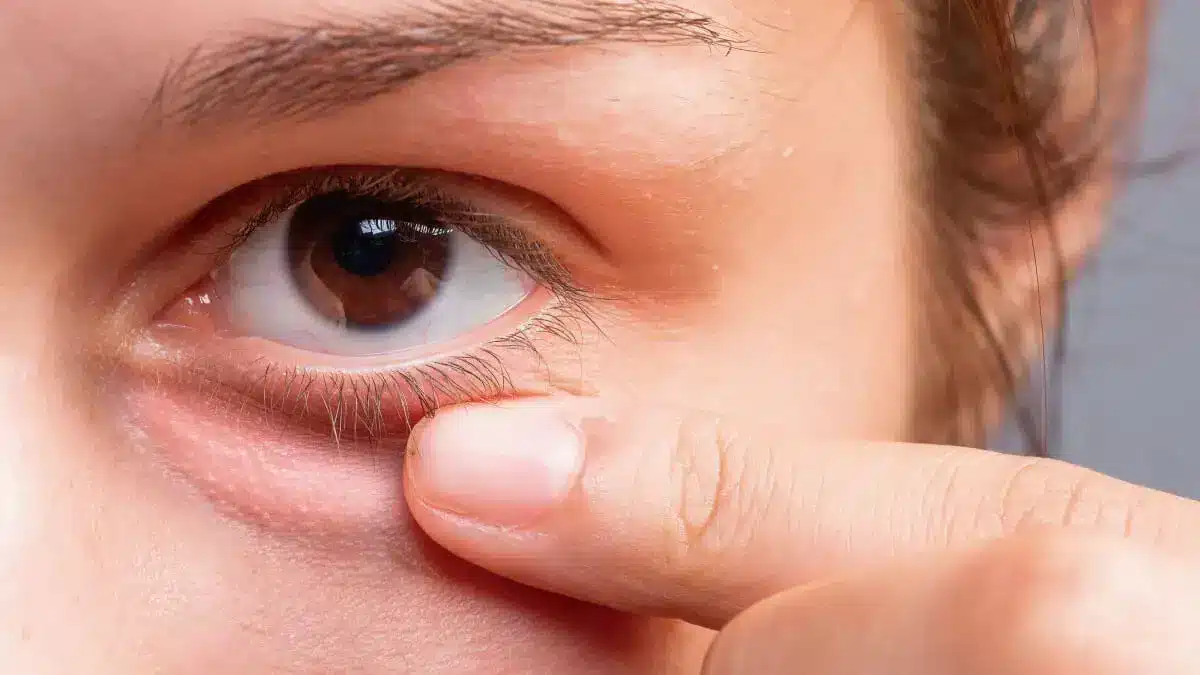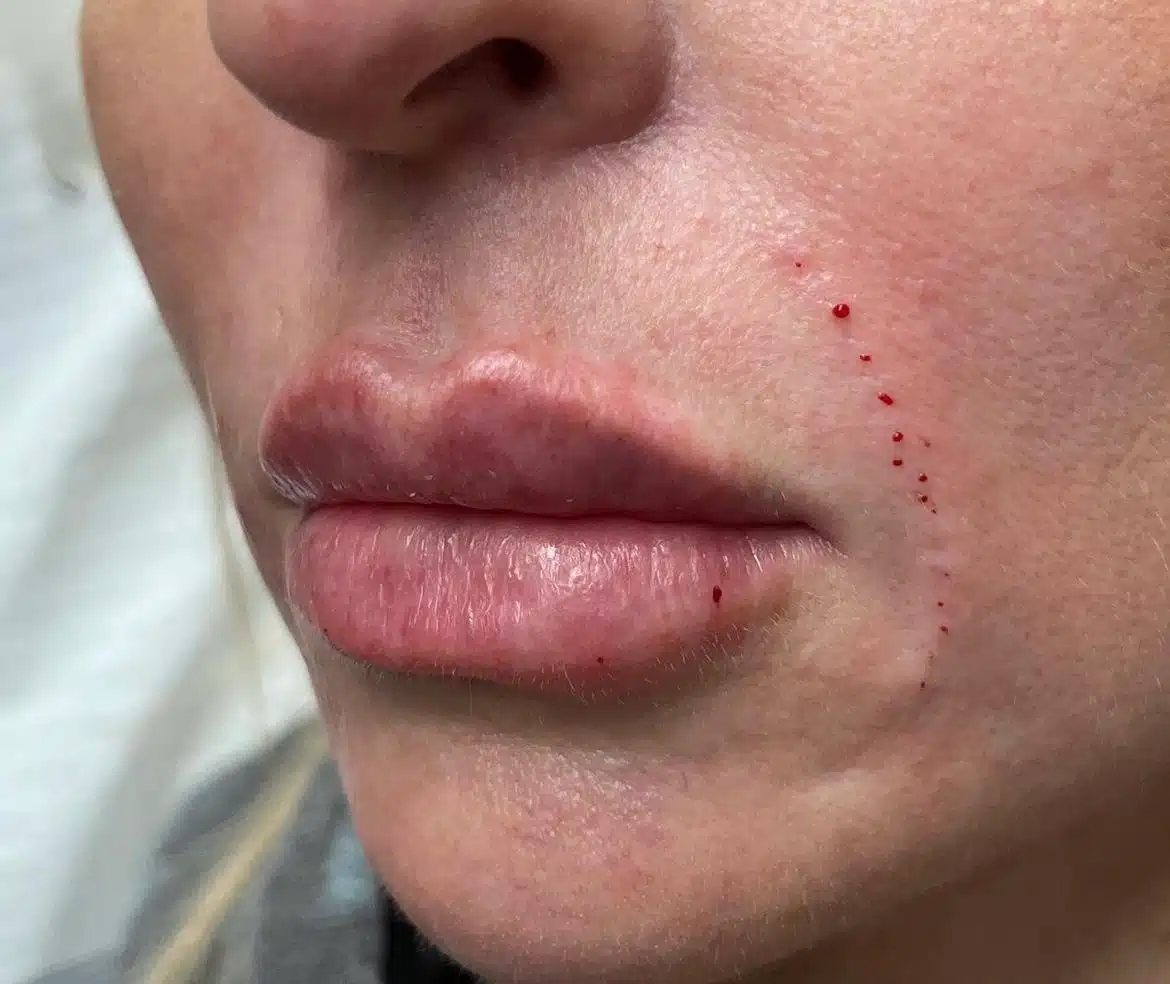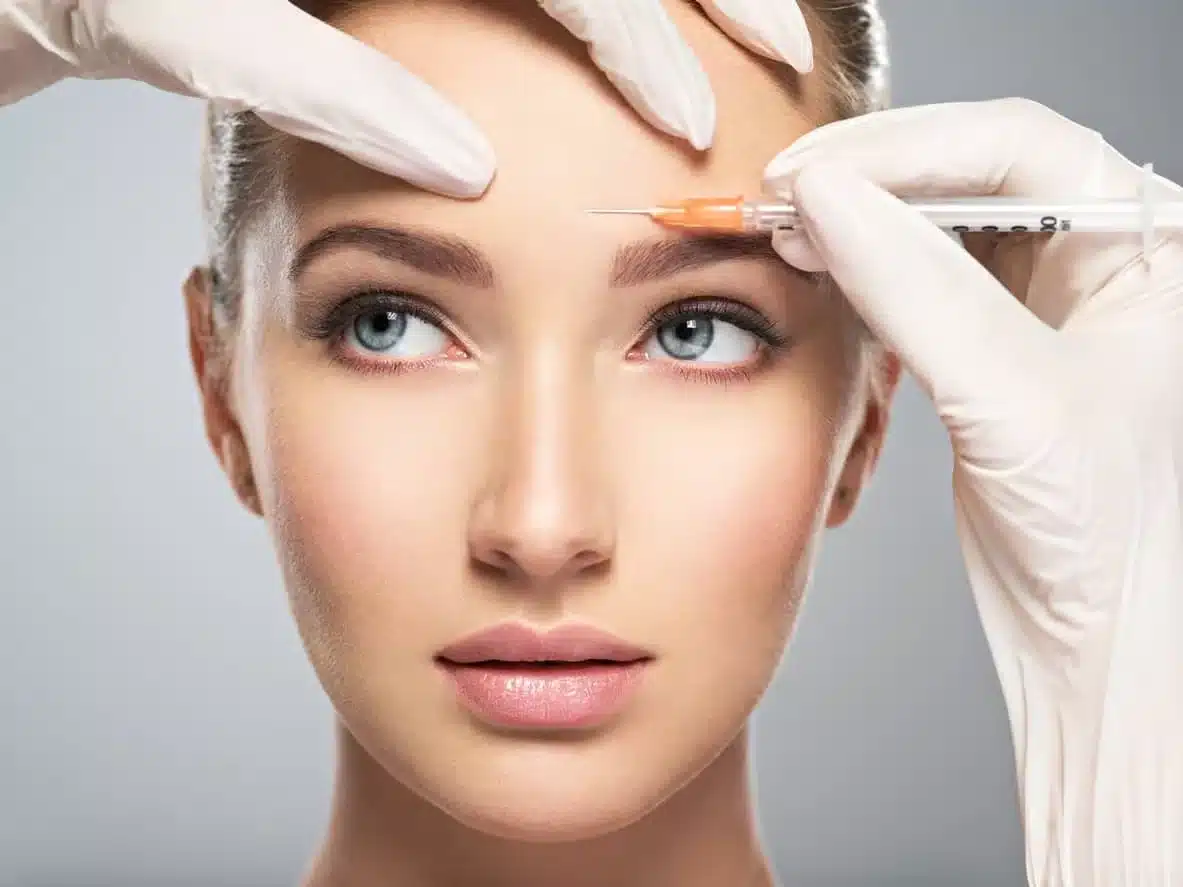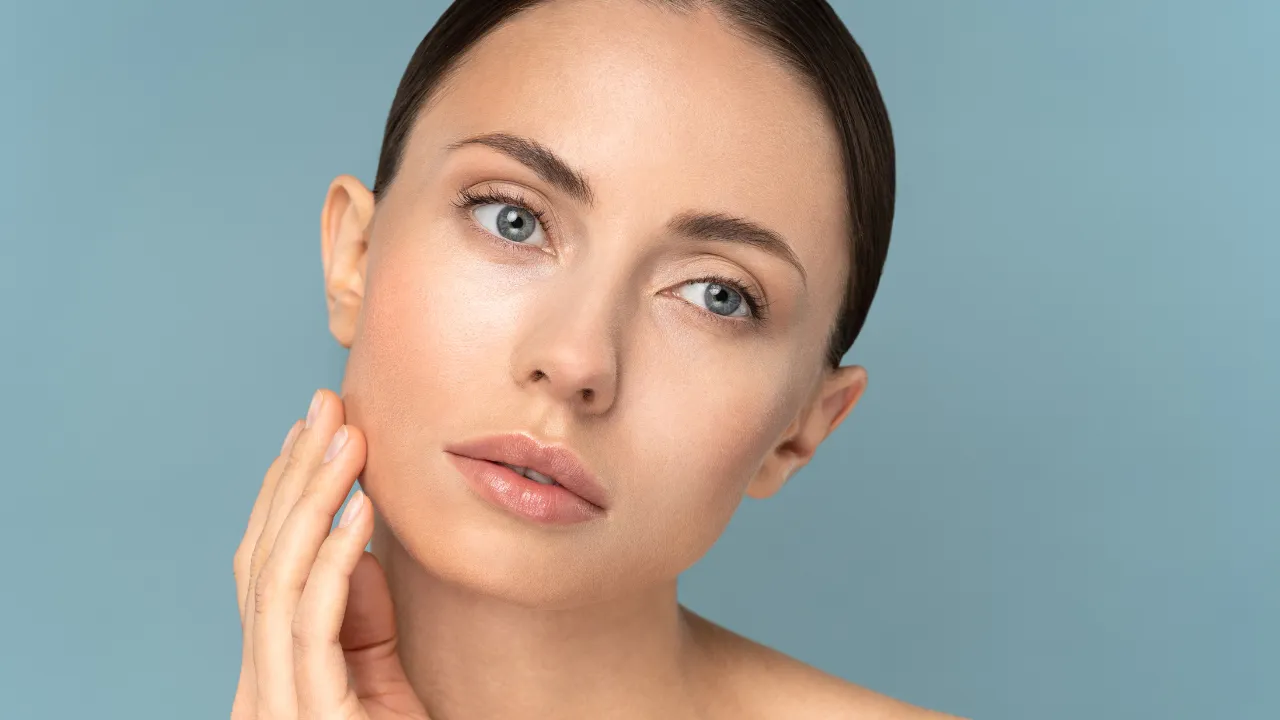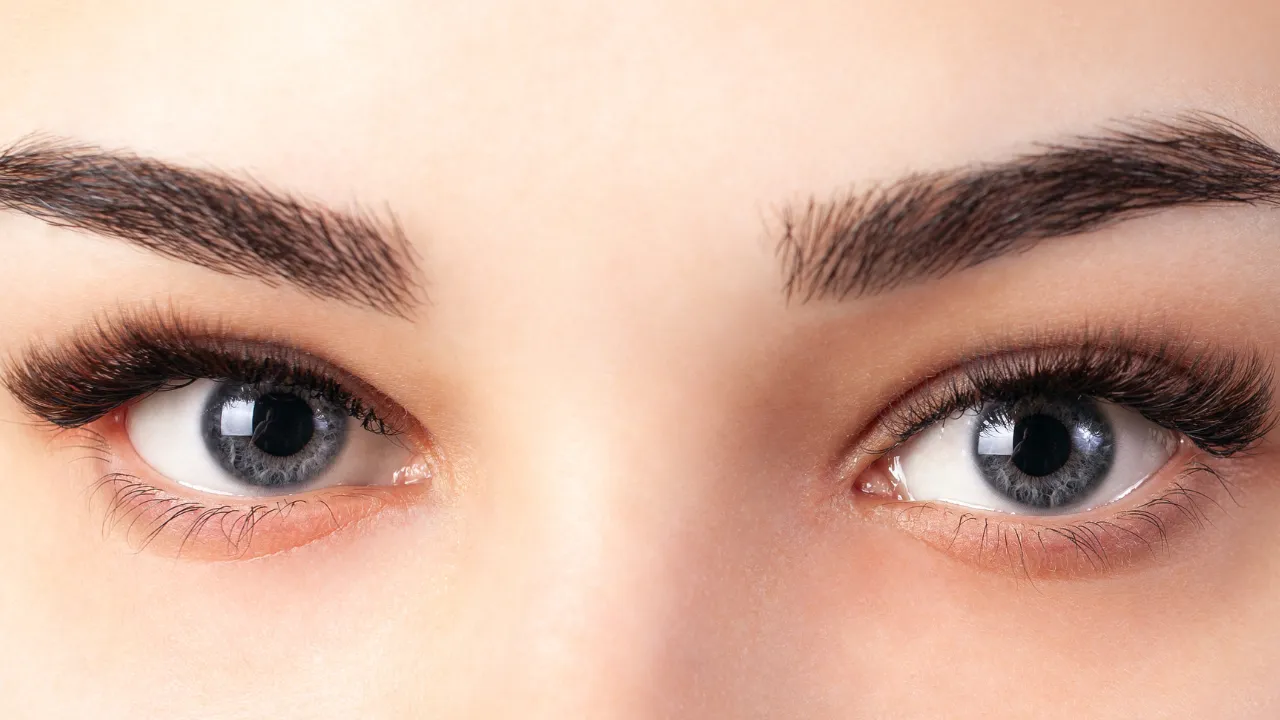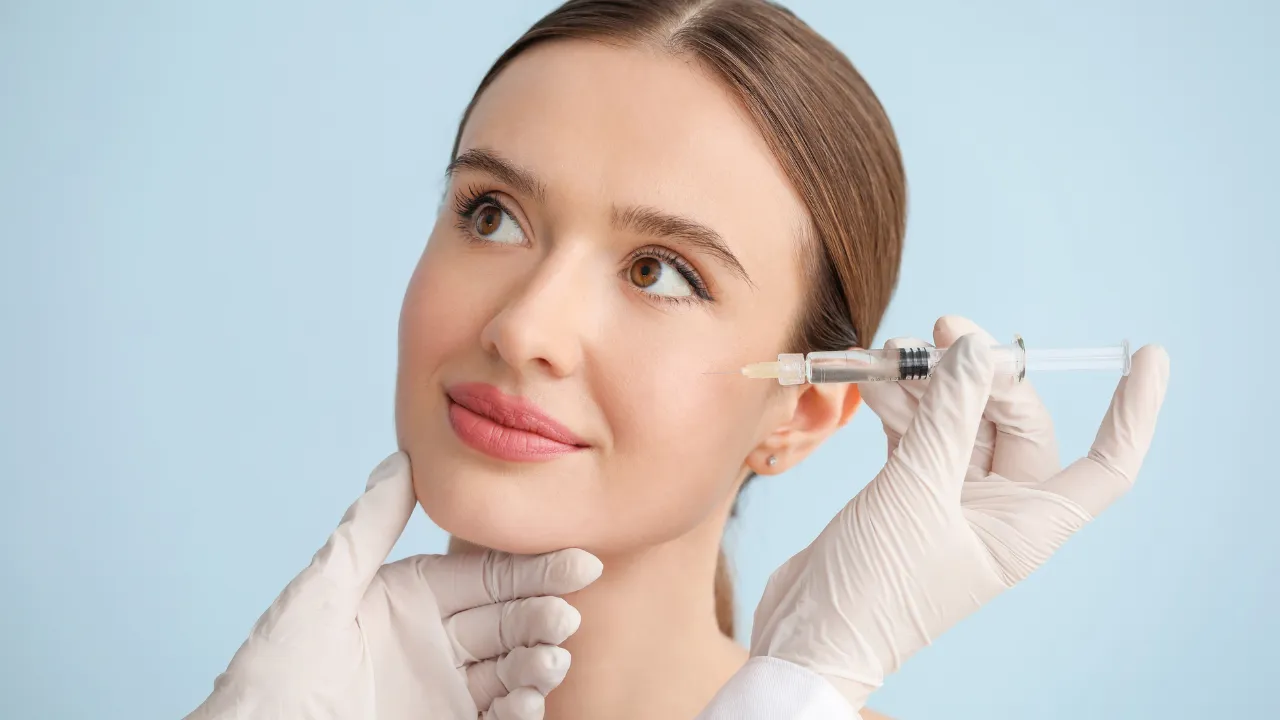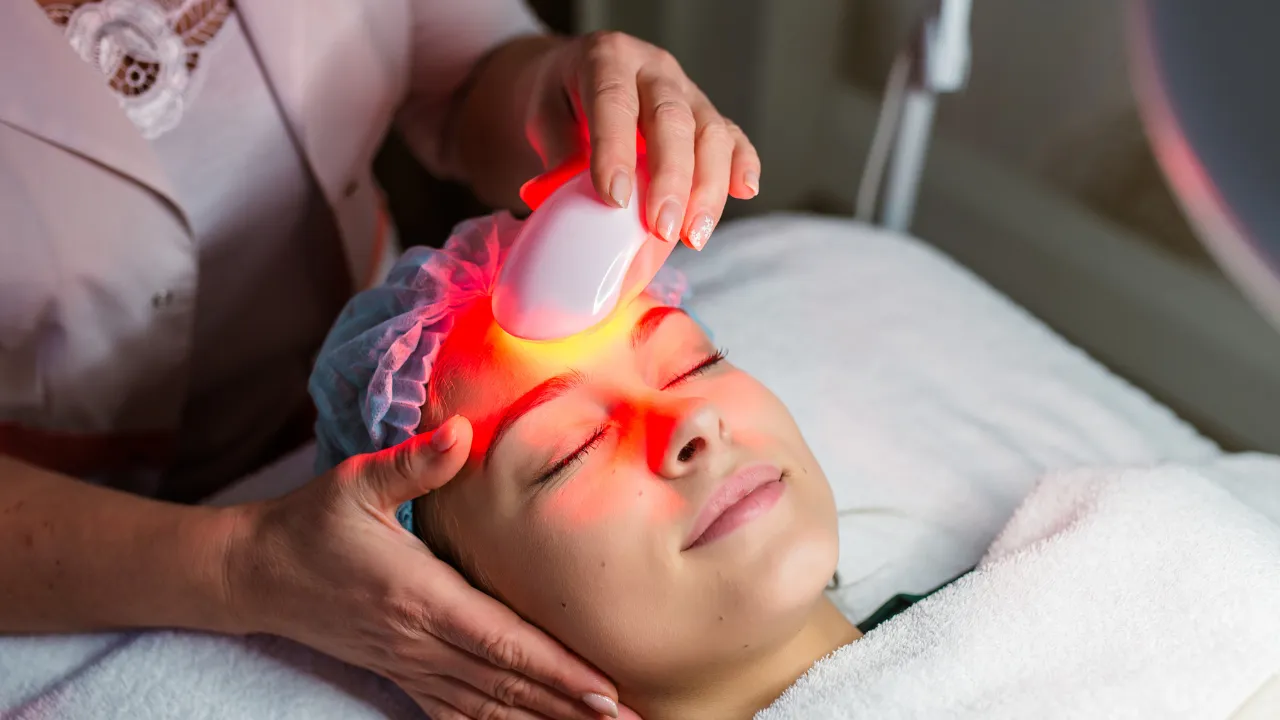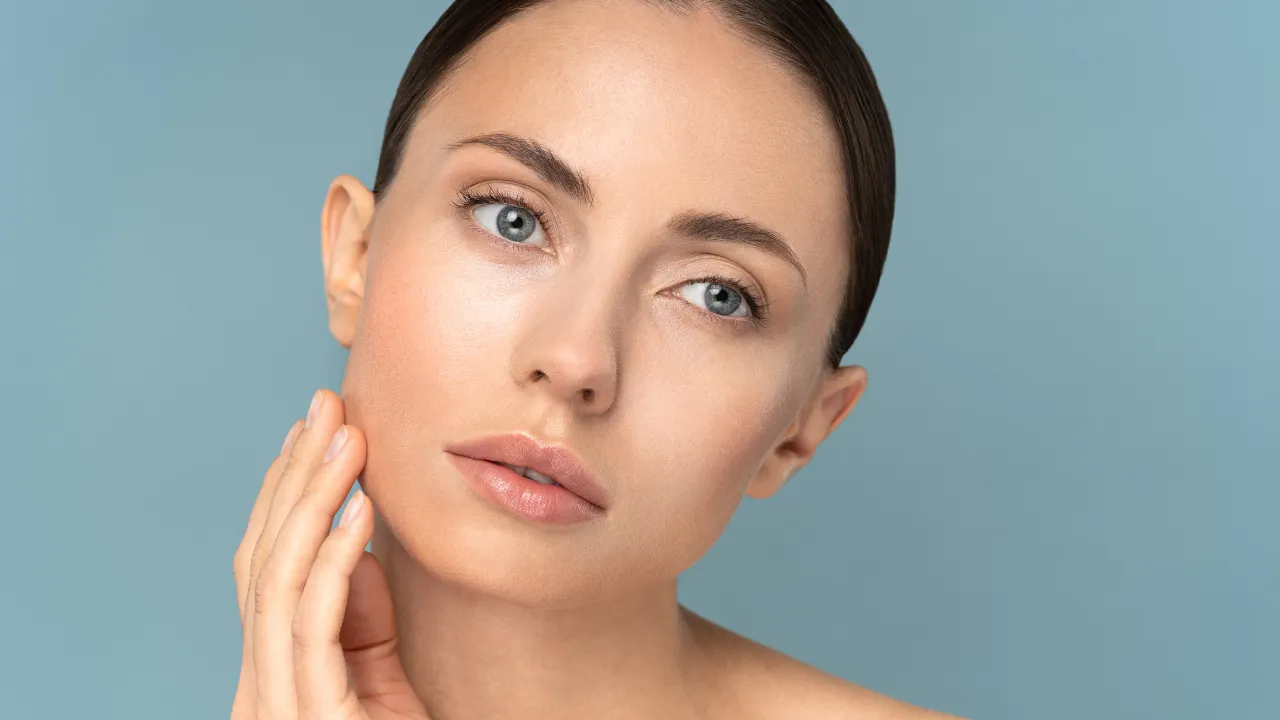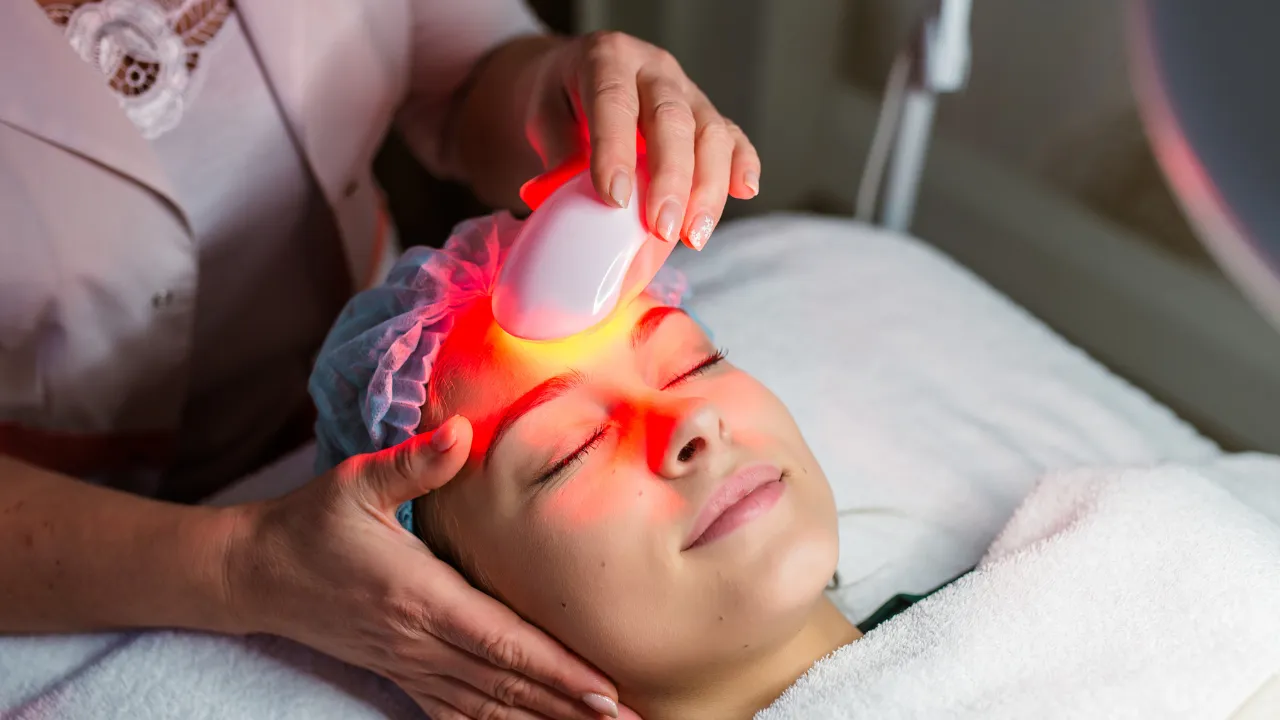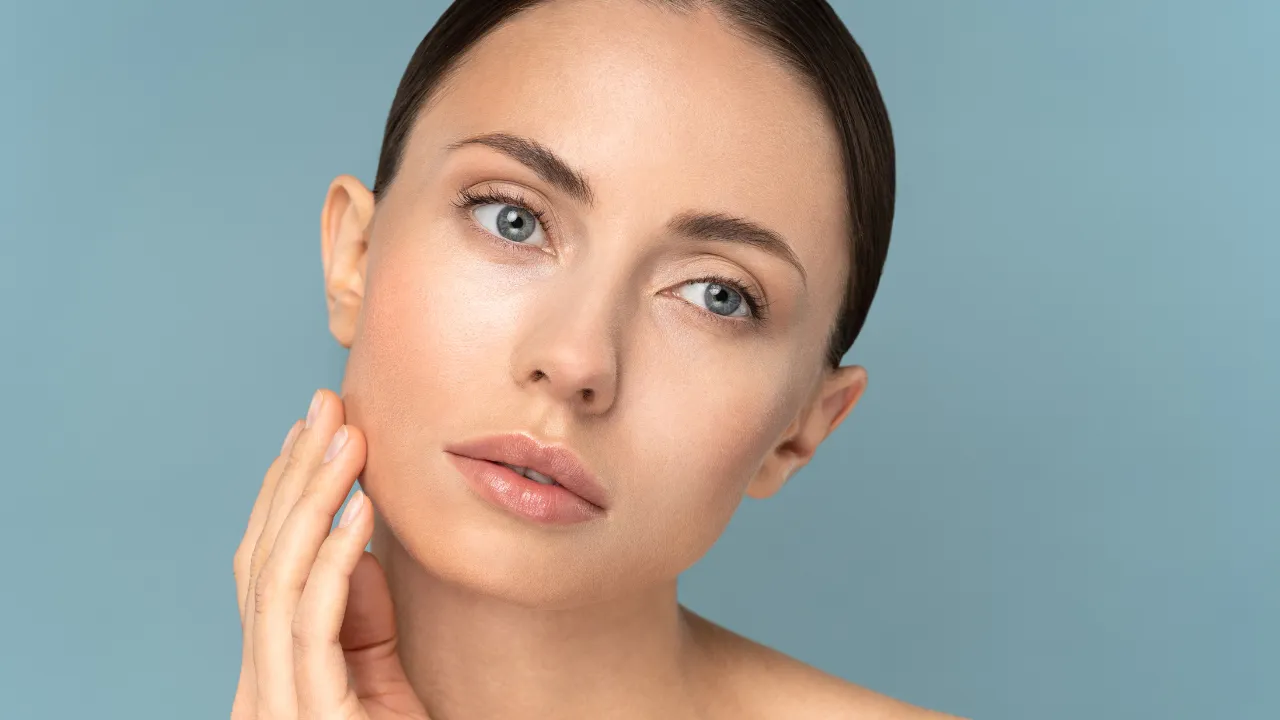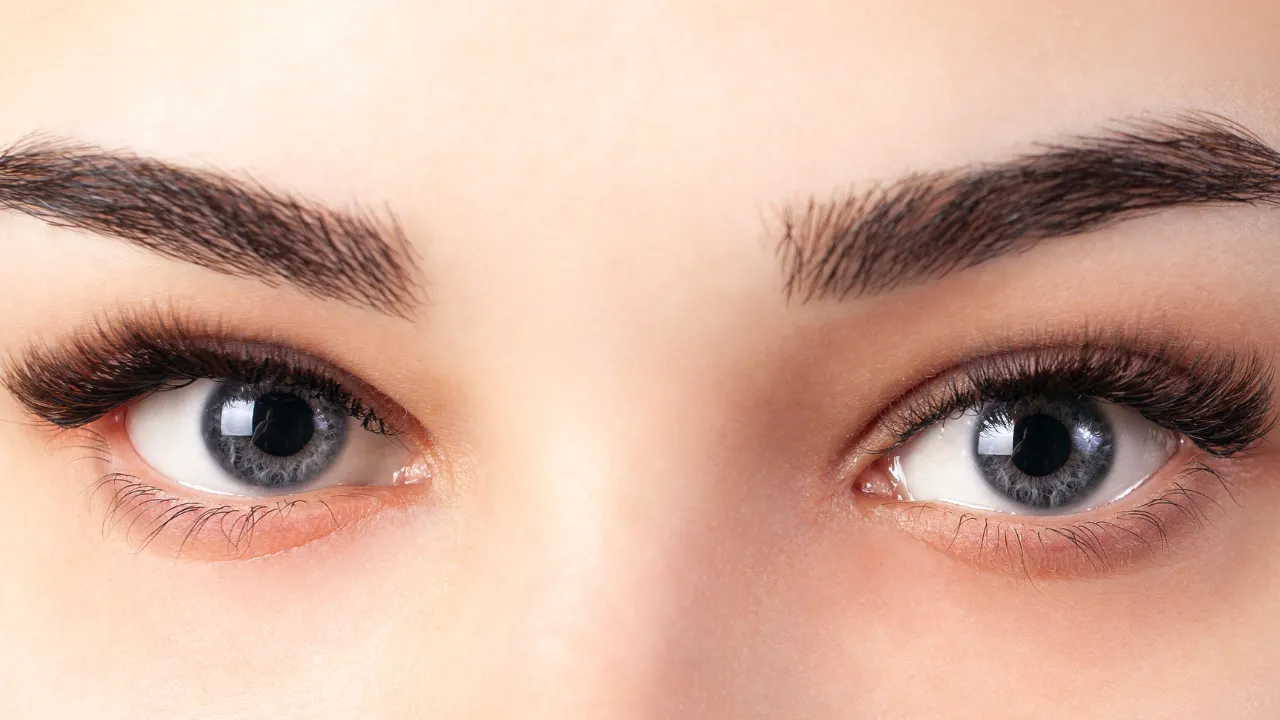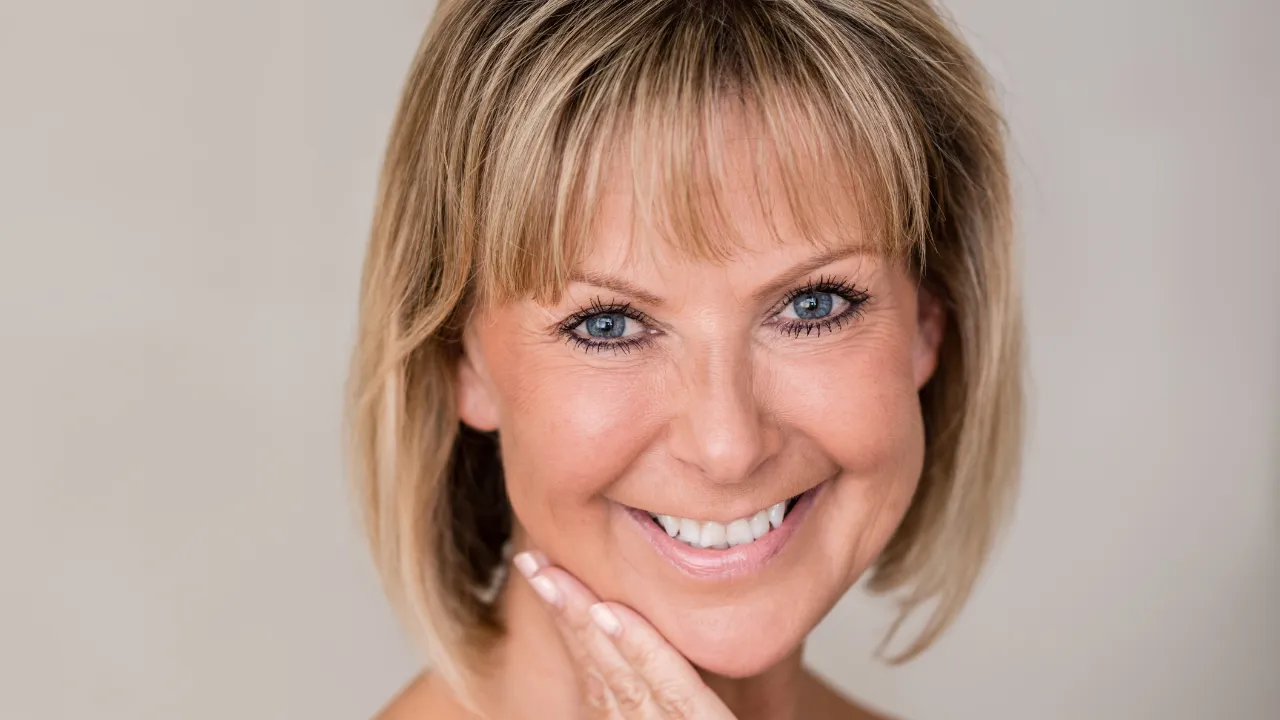People with poor Botox results usually notice uneven movement, a stiff expression, or results that do not match their natural features. These issues often appear when placement or dosing does not match muscle strength. People with Botox may notice drooping eyelids or limited movement in the early days. Most problems fade as the treatment wears off, but proper evaluation supports safe correction.
Kopelman Aesthetic Surgery guides patients through careful treatment planning. Dr. Kopelman explains expected results clearly to reduce anxiety and help patients understand each stage. This supports natural-looking results and lowers the chance of complications in people with bad Botox.
Table of Contents
ToggleKey Takeaways
- People with bad Botox often develop stiffness, uneven movement, or a drooping eyelid due to placement or dosage issues.
- Visual examples help set realistic expectations for forehead lines, crow s feet, and frown lines.
- Different facial muscles respond differently, so proper planning helps prevent unbalanced movement.
- Early swelling or mild asymmetry is common and usually improves as Botox settles.
- Choosing a trained injector lowers the chance of uneven or unnatural outcomes.
Real Patient Examples and What Good Botox Looks Like
Many patients feel unsure when early swelling or uneven brows appear, but these changes often settle naturally. One patient saw mild uneven brow height that improved as muscle activity balanced. Another noticed swelling at the crow’s feet area that faded quickly. These examples show why early changes do not always reflect the final outcome.
Good Botox should look smooth and natural during expression. Softer forehead lines, reduced crow’s feet, and a relaxed brow are common goals. Balanced results allow patients to keep natural movement while improving fine lines and wrinkles.
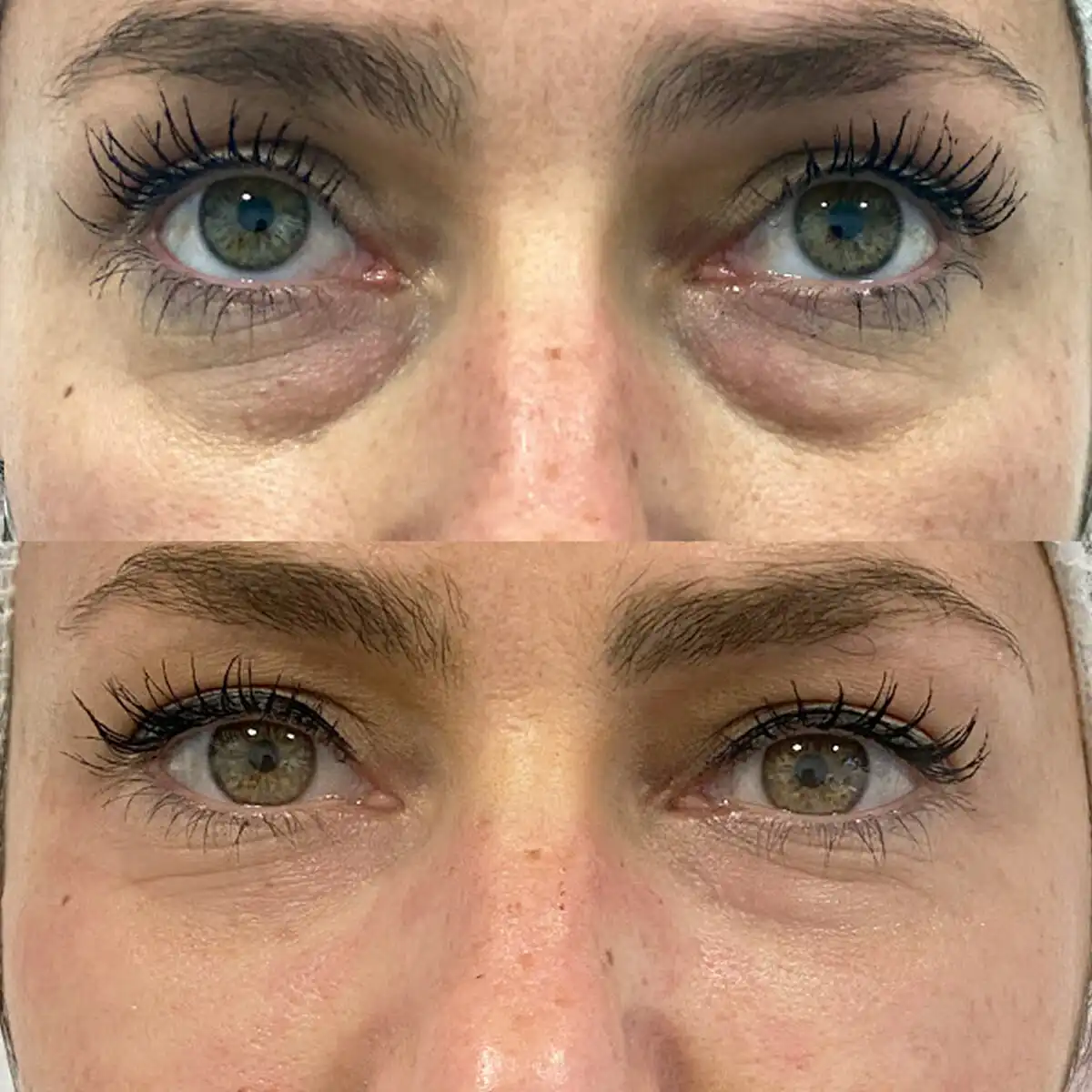
Who Gets Botox and Why
Many people with Botox want smoother skin and fewer visible signs of aging. Botox treatments reduce frown lines, forehead lines, and wrinkles caused by repeated expression. Treatment plans vary based on age, features, and goals.
Older people with Botox often want subtle changes that help them age gracefully. Gen Z patients approach cosmetic procedures cautiously and ask more questions about long-term use. Some individuals should avoid treatment entirely due to infections, muscle disorders, or sensitivity at the injection site.
How to Spot Botox
Botox becomes noticeable when expression is limited in certain areas. The forehead may appear still during typical movement. Mild swelling at the injection site is common in the early hours and fades as the product settles. Getty Images examples help patients understand how facial muscles shift when treatment is done correctly.
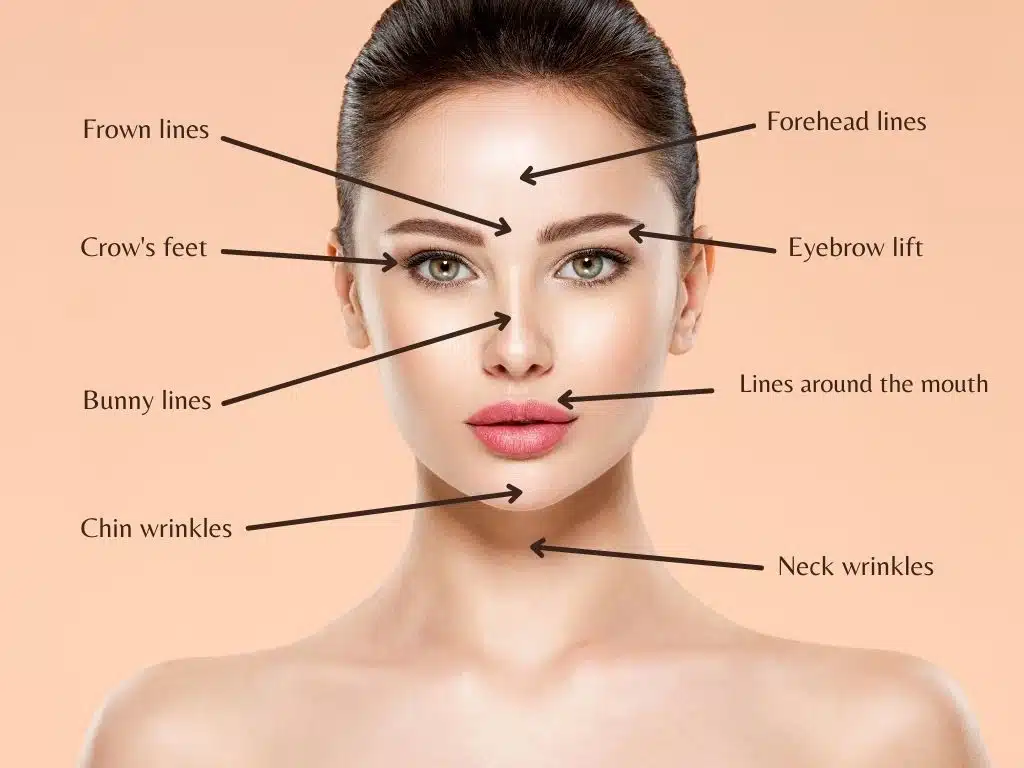
How Different Treatment Zones Behave
Each treatment zone responds differently due to muscle structure. The forehead requires precise placement because the muscle controls brow movement. The crow’s feet region responds faster due to smaller muscles.
Lower face treatment must be carefully planned to protect the smile and prevent uneven movement, which is why some patients explore Botox for the eyes when early imbalance becomes apparent.
A drooping eyelid may occur when the product spreads to nearby muscles. Patients often read about the Botox eyebrow droop to understand why this happens. Technique and dosing play a major role in preventing this issue.
Botox Results Across Common Areas
People with Botox often notice softer crow’s feet, smoother forehead lines, and improved frown lines as results appear. These changes help them understand how treatment works over the first 1–2 weeks.
Early improvements are usually gentle, especially for first-time patients. Subtle smoothing helps them understand how their facial muscles respond. These early changes guide future treatment planning and help clarify realistic expectations.
The eye area responds well to treatment when placed correctly. Patients interested in under-eye concerns often explore Botox for under-eye bags to learn how treatment may help reduce lower lid tension while maintaining natural movement.
What to Expect as Results Develop
Results begin within days and continue to improve as fine lines relax. Eye-area changes often appear first because the smaller muscle groups are involved. Forehead lines respond more gradually as the product settles. These timelines help patients understand why each facial area improves at a different pace.
Full results usually appear within two weeks. Balanced placement prevents stiffness or a flat expression and supports long-term care planning.
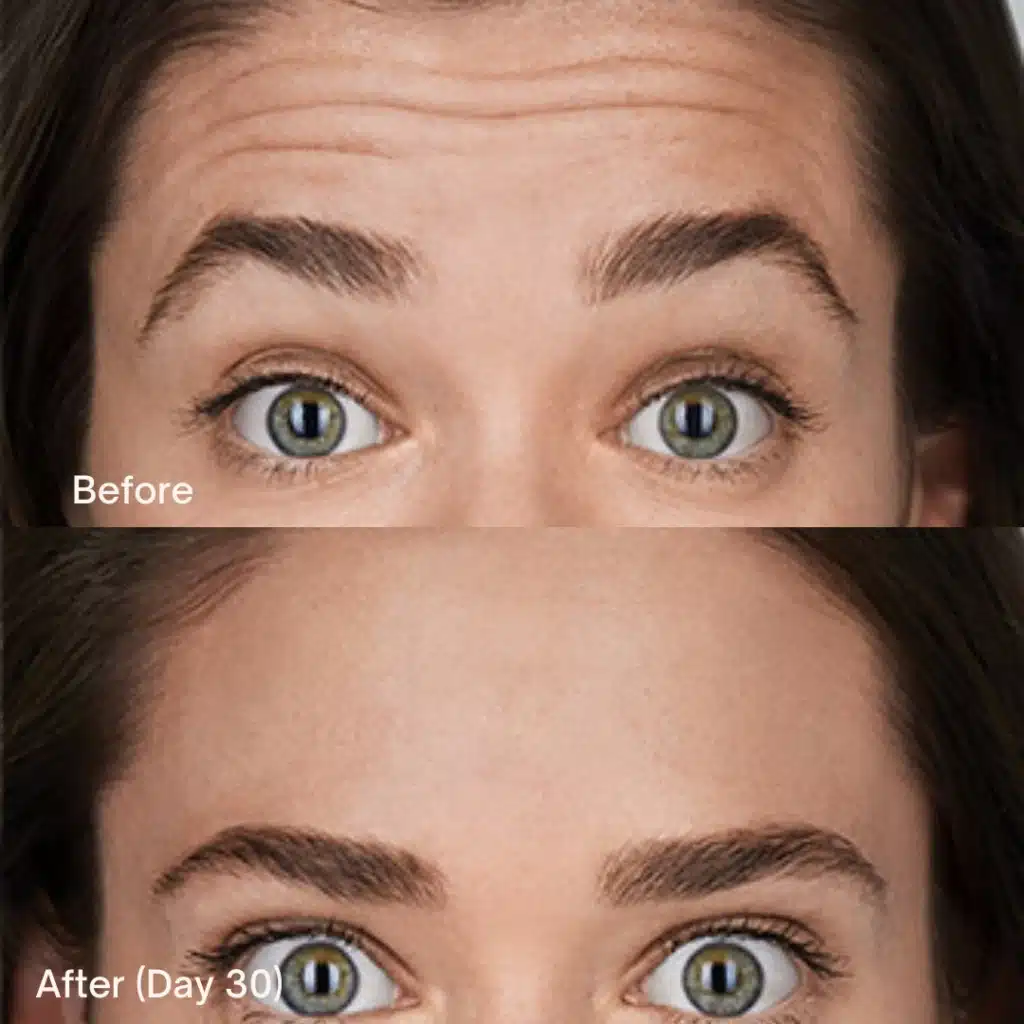
Celebrities With Botox
Botox celebrity before-and-after images often show refined, smooth results that appear natural while maintaining expression. These examples help patients understand typical patterns of improvement.
Botox celebrities gone wrong highlight risks such as stiffness, uneven brows, or dramatic changes. These cases show why training and experience matter when choosing a provider. Many famous people with Botox openly discuss their experiences, which helps reduce stigma around cosmetic procedures.
Common Patient Concerns During the First Week
First-time patients often feel nervous when early stiffness or uneven movement appears. These reactions usually fade as muscles settle. Some also notice watery or irritated eyes, and reading watery eyes after Botox helps explain why this occurs. Early asymmetry is common and typically resolves without intervention.
Side Effects and Long-Term Results
Botox forehead side effects include light swelling, mild bruising, or tenderness. These short-lived effects do not interrupt daily routines. Avoiding pressure on the injection site helps maintain smooth healing. Long-term Botox users often see fewer deep wrinkles because consistent muscle relaxation slows wrinkle formation.
How to Avoid Bad Botox
Choosing the right injector is the best way to avoid people with bad Botox concerns. A cosmetic surgeon trained in facial anatomy helps support facial balance and reduce risk. Dr. Kopelman uses precise dosing and careful placement to protect natural expression.
Simple Self-Check Guide for Possible Issues
Patients can use simple checks to evaluate early results. Look for even brow movement during normal expression. Notice whether one eye feels heavier when smiling. Watch forehead lines during speech to see if both sides move evenly.
During consultations, ask about technique, muscle balance, and realistic expectations. Review documented examples of results to understand typical patterns. Clear communication helps reduce the risk of adverse Botox outcomes and supports safe treatment.
If you want a professional evaluation or need help understanding your results, consider scheduling a consultation with Kopelman Aesthetic Surgery for expert guidance.


